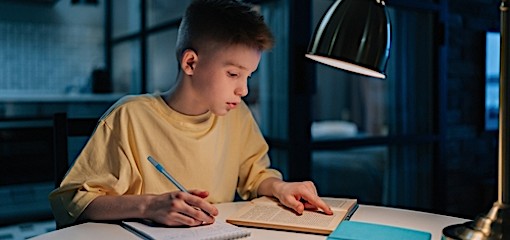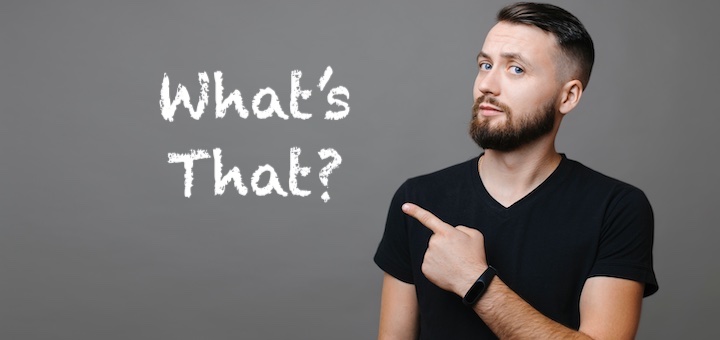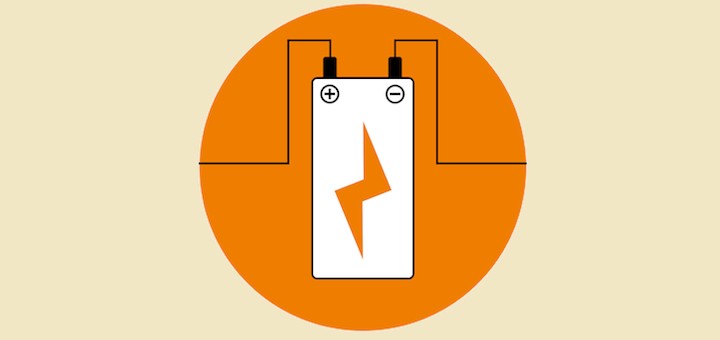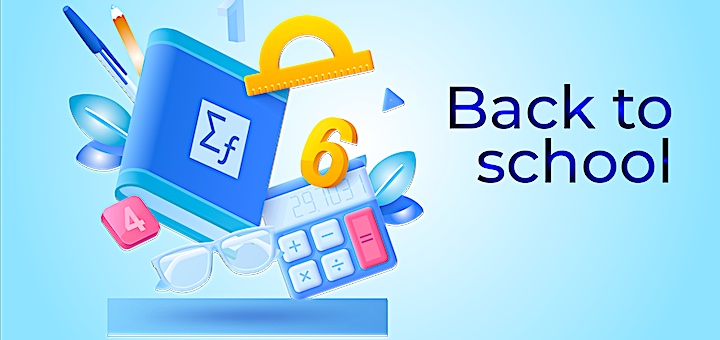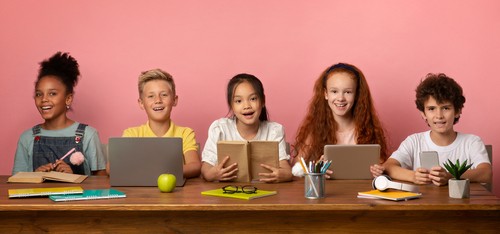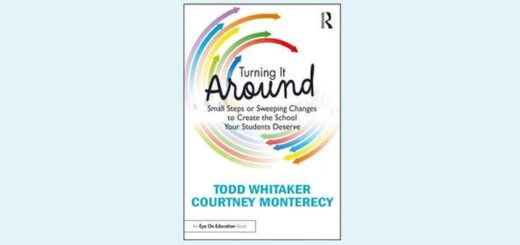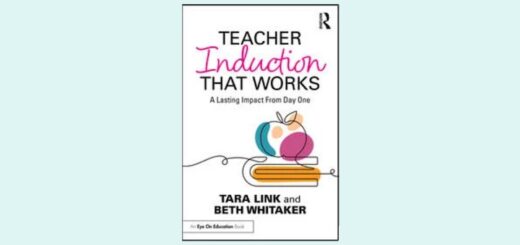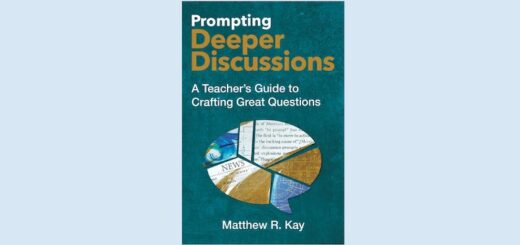Teaching and learning in grades 4-8
In her second article examining the five key questions she has identified to help students become critical readers, author and NBCT Marilyn Pryle recommends helping them move beyond what the text (or video, audio, meme, and so on) “says” and instead ask what it “shows.”
Teacher Ariel Sacks illustrates the value and practicality of offering more opportunities during writing instruction for students to imagine and create, says reviewer Stacy Haynes-Moore. One highlight: The book includes four months of curriculum with integrated roles for students.
While questions about literature can focus on identifying elements, Jason DeHart wants to expand his students’ thinking beyond matching words and examples. He begins with two questions designed to move students deeper into a text: “What’s that?” and “What’s that doing there?”
This school year teacher-coach Mona Iehl is committing to do less so that her math students can do more. More thinking, more problem solving, more growing, all to empower them to take the lead in their learning and give them space to figure things out. Learn how she does it!
Ruth Miller finds Lessons That Last an indispensable guide to enriching teaching practice and fostering an impactful learning environment. The book’s lessons, drawn from interviews with former students, affirm the significance of teachers’ work and the lasting influence we have.
To avoid experiencing co-teaching within an imbalanced power relationship, author, NBCT and co-teaching coach Elizabeth Stein shares a process that strengthens co-teaching through a dynamic exchange of individual and collective power – truly in partnership with one another.
Many teachers are feeling some apprehension about introducing artificial intelligence into their teaching, writes teacher educator Curtis Chandler. Yet “the truth remains that AI is an essential topic for our classrooms this year.” Here are his tips for how and what to teach.
“Try It! Math Problems for All” by Jerry Kaplan is just what math teachers want: a collection of offbeat, open-ended problems, riddles and brain teasers to engage the most reluctant student. Math teacher Michael Hernandez can’t wait to lure in his middle schoolers this fall.
Michelle Russell knows the back-to-school rush. So this year she’s found first weeks activities that are low on preparation and high on introducing math, sharing fun, setting the tone for the year, and helping students feel comfortable. Best of all: she shares her favorite finds!
So much to do! As teachers in grades 4-6 enter their first classrooms, Kathleen Palmieri offers keys to getting started. She includes accessing mentors, keeping track of planning, Google tools, engaging students, finding sources for class libraries and décor, and self-care.

